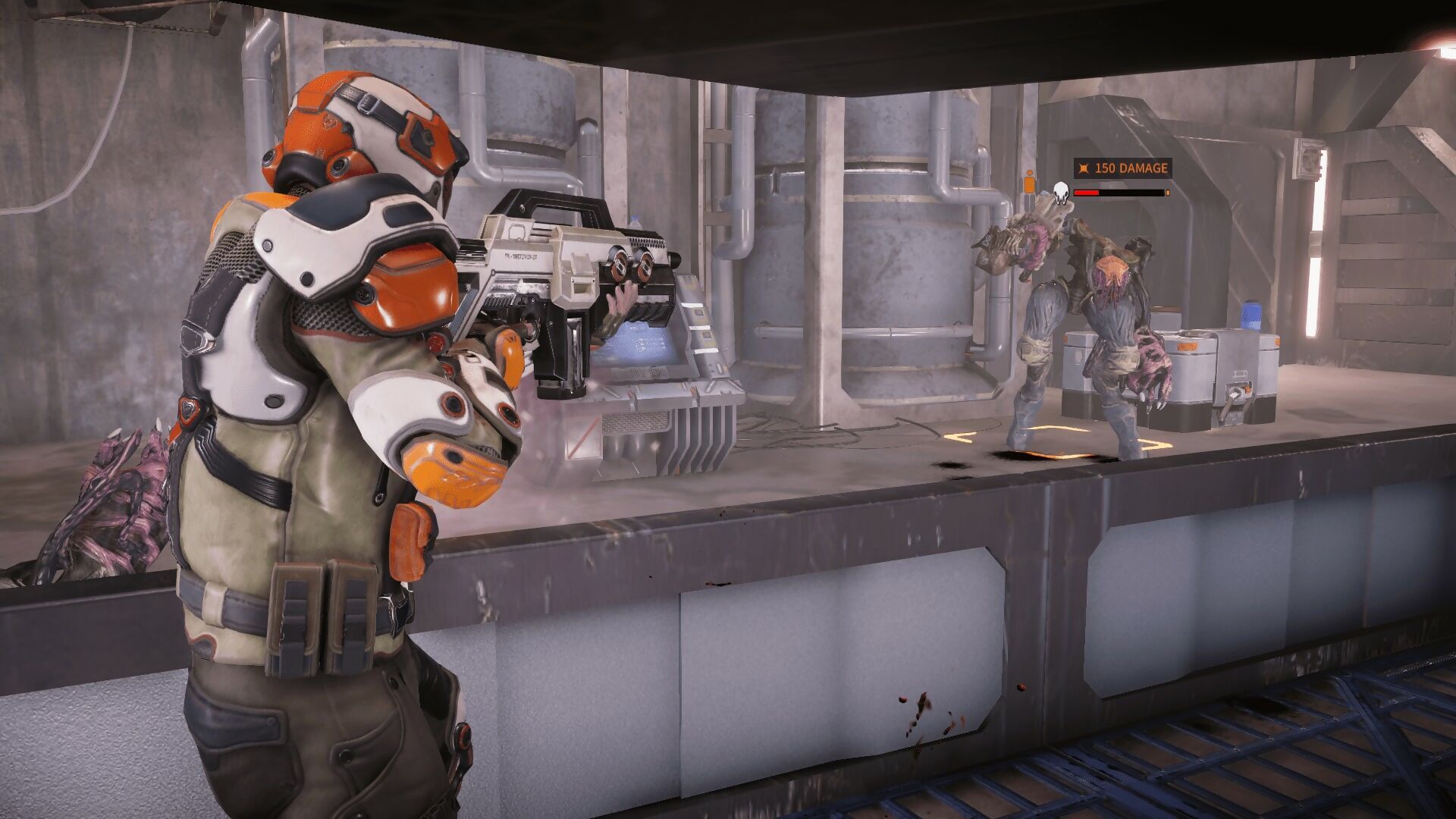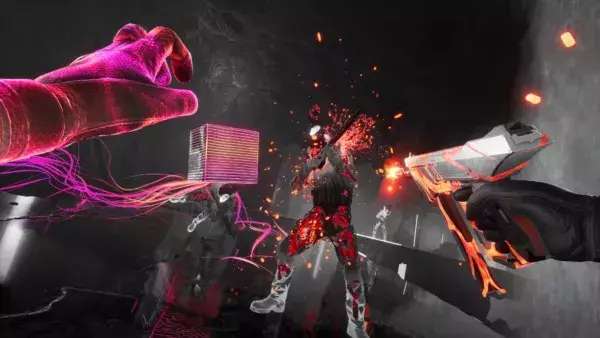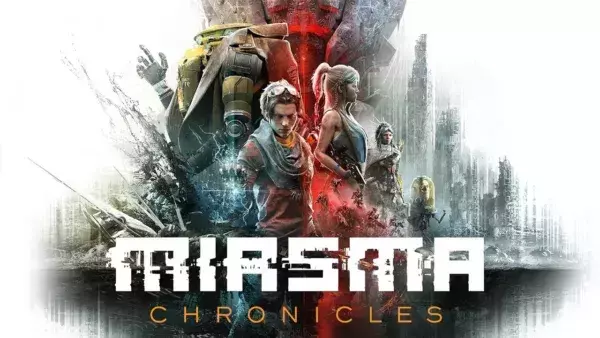
XCOM designer Julian Gollop is back with a new tactics title. Here’s our review of Phoenix Point…
Improving on perfection is… tricky. But that hasn’t stopped designer Julian Gollop who, with Phoenix Point, returns to the genre he helped place on the map with strategy classic UFO: Enemy Unknown, (or XCOM, depending on where you live).
Casting you as commander of an elite force tasked with holding back an alien menace threatening Earth – and fighting déjà vu – Phoenix Point is totally serviceable as a spiritual successor to the turn-based 1994 original.
In an age when Firaxis Games’ excellent XCOM series reboot already modernised the concept with aplomb, however, Phoenix Point’s minor tweaks to the established formula never quite see it reach the status of worthy contender.
Much like XCOM, when you’re not thoughtfully manoeuvring troops in the heat of turn-based battle, you’ll be examining a view of your progress on a holographic map known in-universe as the Geoscape.
This is where you’ll scavenge for resources, recruit soldiers, send out aircraft to scout out further regions of the map, but most notably build relationships with rival factions. You do all this in the hope of preventing the spread of the Pandoravirus from slowly turning humans into aquatic aliens.
Managing these actions is extremely menu-heavy, as expected, but even in its first few hours, Phoenix Point does well to let you forge your own path to victory rather than mollycoddle you.
Strategy games of this type live or die by their ability to bring weight and consequences to your decisions. On this front, Phoenix Point succeeds. The game absolutely nails an overarching sense of risk/reward both in and out of battle because of this, since you never truly know what ramifications your moves in the Geoscape may eventually carry.
Securing a good partnership with the factions of New Jericho, Synedrion, or the Disciples of Anu can prove fruitful to your future success, and diplomacy is one of the better concepts Phoenix Point introduces. Want to raid a faction’s base for a quick injection of food and tech resources? You’ll be the better for it now, sure, but could live to regret burning that bridge eventually.
Of course, the other piece of this strategic puzzle is the tactical battling, which for the most part plays out just as any XCOM aficionado would expect, bar a few tweaks. You’re given four troop classes – Assault, Sniper, Heavy, and Berserker – all with their own distinct stat perks and exclusive abilities that improve as you level them up.
You can deploy up to eight troops when jumping into a new mission, and I’d be lying if I said that I didn’t feel heartbroken whenever one of them fell in battle.
Gluttons for punishment can rest easy knowing that Phoenix Point’s enemy AI can be quite cunning at times, even on normal difficulty, and losing treasured soldiers happened to me far more often than I initially expected.
The main way Phoenix Point attempts to separate itself from Firaxis Games’ strategy series is through its free-aiming mechanic, where rather than rely solely on awkward lines of sight and percentage chances, players can target enemies directly via an over-the-shoulder view.
Picture the scene: You’re hunkered down, wondering which direction to move your units in order to best defend scattered cargo shipments, when suddenly an enemy turns a corner and slips into the view of one of your snipers.
Then, when it’s your time to move, you can either go for the head for a quick kill but risk missing the smaller target area, or maybe you’ll opt to blast their rifle clean out of their hands – it does less damage, but is easier to hit and leaves them defenceless for their next turn.
That a mechanic so simple can feel so new is a testament to Phoenix Point’s willingness to shake up certain turn-based staples.
It’s a shame, though, that a lot of the twists feel incremental at best, and not all that game-changing. You have the choice to blast off specific limbs, sure, but that’s not much of a marquee feature.
This sense of missed potential only sets in more heavily when Phoenix Point’s limited roster of objective types gradually make themselves known, especially in side missions, where securing an item or defending resources appears thrilling at first – but less so after ten hours. There’s only so much heavy lifting the procedural map generation can do on this front.
There’s absolutely nothing wrong with the brand of turn-based strategic combat Phoenix Point provides; it’s just hard not to be a little let down when you think what it could have been.
The ways in which it tries to set itself apart from the XCOM-shaped elephant in the room (diplomatic relationships and free-aiming, most notably) are admirable, but none are interesting enough to warrant this being dubbed a significant reinvention.
Combined with some repetitive objectives, incessant Geoscape micromanagement needed to keep your bases operational, and a by-the-numbers narrative, you have a fun but flawed take on the genre.
Highlight
Your relationship with Phoenix Point’s NPC factions sees the game venture into visual novel territory, where you choose from a selection of dialogue responses that will either make or break your current level of co-operation. You’re never able to keep one sweet without irking the other two, so be prepared to make enemies.
Verdict: 66%
Phoenix Point is an enjoyable if somewhat unnecessary spin on the XCOM school of turn-based strategy, and too slavish to push the genre forward.
Genre: Turn-based strategy
Format: PC (tested)
Developer: Snapshot Games
Publisher: Snapshot Games
Price: £35.99
Release: Out now





